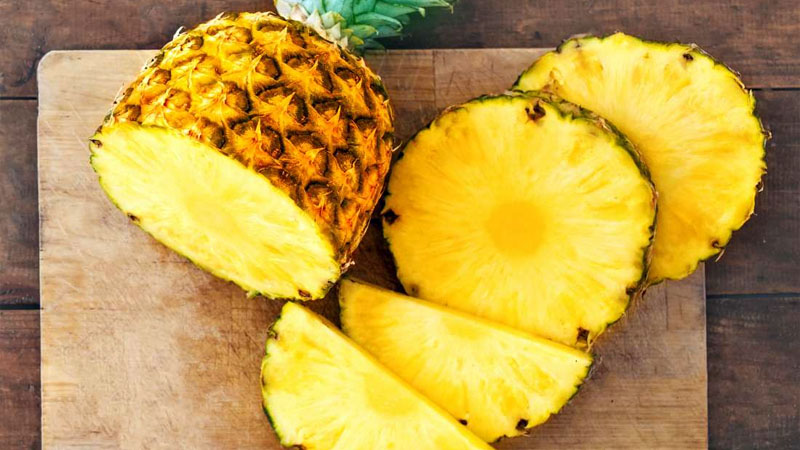Exclusive content

The aquaculture industry has faced critical challenges in recent years, with shrimp farmers particularly hard-hit. Among these is the widespread impact of Acute Hepatopancreatic Necrosis Disease (AHPND), caused by a lethal strain of the bacterium Vibrio parahaemolyticus. This disease has devastated shrimp populations, leading to substantial economic losses. However, recent research reveals an unlikely ally in the fight against AHPND: bromelain, a natural enzyme complex derived from pineapple.
A study investigating bromelain’s effect on the Pacific white shrimp (Penaeus vannamei) found that dietary supplementation with this enzyme not only improved growth rates but also enhanced the shrimp’s ability to withstand AHPND. This finding could be groundbreaking for shrimp farmers seeking alternatives to antibiotics, which, while effective in combating bacterial diseases, come with the risk of environmental contamination and antibiotic resistance.
Bromelain Boosts Growth and Improves Health
Bromelain, typically extracted from the pineapple’s stem and fruit, is primarily known for its proteolytic (protein-digesting) activity. The study found that including 1% or 2% bromelain in shrimp diets led to significantly higher growth rates than in shrimp fed conventional diets. Notably, shrimp on the 2% bromelain diet saw the greatest improvement, indicating a dose-dependent response. This aligns with similar outcomes in other aquaculture research, where dietary enzymes have shown efficacy in enhancing nutrient absorption and growth across species.
Moreover, the bromelain-supplemented shrimp demonstrated a noteworthy advantage when exposed to AHPND in controlled trials. Those fed diets with 1% or 2% bromelain achieved survival rates of 84.8% and 78.3%, respectively, in the initial AHPND challenge, compared to just 69.6% in the control group. This suggests that bromelain may provide more than just a growth boost; it may also reinforce the shrimp’s resilience to disease.
A Lasting Defense
Following a “wash-out” period of two weeks, during which all shrimp were returned to a standard diet, a second AHPND challenge revealed that bromelain’s protective effects endure even after its removal from the diet. Survival rates for previously bromelain-fed shrimp remained significantly higher than the control group, suggesting that bromelain could enhance shrimp immunity over the longer term.
Researchers attribute this prolonged protection to changes in the shrimp’s gut microbiota. Shrimp fed with bromelain experienced an increase in beneficial bacterial diversity, particularly in bacteria associated with health resilience, such as Luteolibacter, Paracoccus, Planctomyces, and Demequina. Concurrently, Vibrio counts in the shrimp’s stomach and hepatopancreas were markedly lower. The observed diversity and reduction in harmful bacteria indicate that bromelain could foster a gut environment less conducive to AHPND infection.
Enzyme Power in Aquaculture
Bromelain is not unique in its antibacterial potential; however, its apparent effectiveness against AHPND makes it one of the most promising alternatives to traditional antibiotics in shrimp aquaculture. Although its exact mechanisms of action remain under investigation, the enzyme complex is believed to disrupt pathogen growth and modulate the immune response of its host. Unlike broad-spectrum antibiotics, which can disrupt microbiota balance, bromelain appears to support a more diversified microbial community, potentially enhancing resilience to disease without collateral environmental impacts.